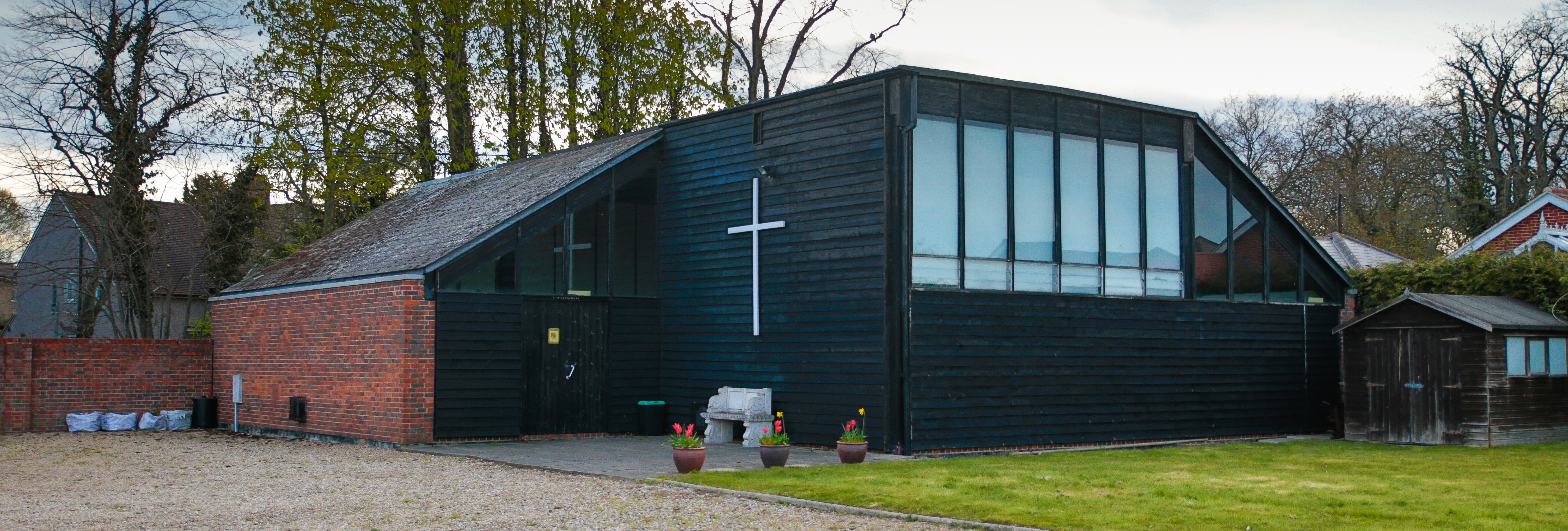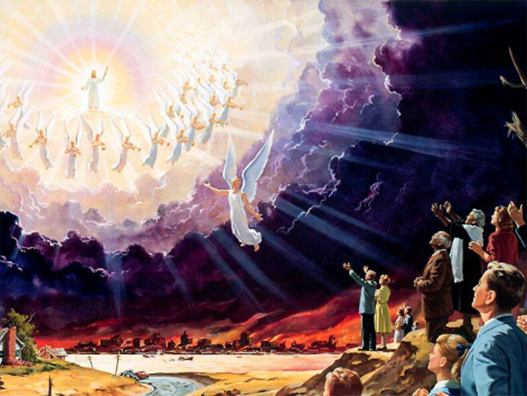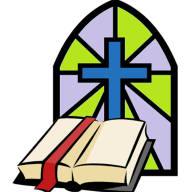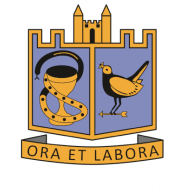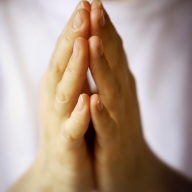Until about thirty years ago when environmental concerns led to a change in farming practice each Autumn a familiar sight would have been a line of fire gradually crossing a field burning off the stubble prior to ploughing and planting the seed for the next crop. It was seen as a way of purifying the soil and allowing the nutrients in the form of ash to be reabsorbed more quickly – today the stubble is ploughed in and so releases its nutrients more slowly as it decays.
Our first reading recalls this image and uses it to depict the Day of the Lord when the world will be cleansed and renewed. Fire is not to be toyed with. Jesus foresees a similar fate awaiting Jerusalem. A generation after his Passion the Romans will besiege Jerusalem and raze it to the ground. All that will be left of Herod’s great new Temple will be the retaining walls of the platform – the part that Jews revere today as the Western or ‘Wailing Wall’.
In St John’s Gospel he tells us that the day will come when true worship will not be in Jerusalem or the Samaritan holy place of Mount Gerizim, but rather ‘in spirit and truth’. The Old Covenant, with its ties to the Jerusalem Temple will have given place to the New Covenant. However, this does not mean that the final Day of Judgement is imminent – we cannot predict that. Rather we must always be at the ready for when it does come and the Kingship of Christ is finally revealed.



